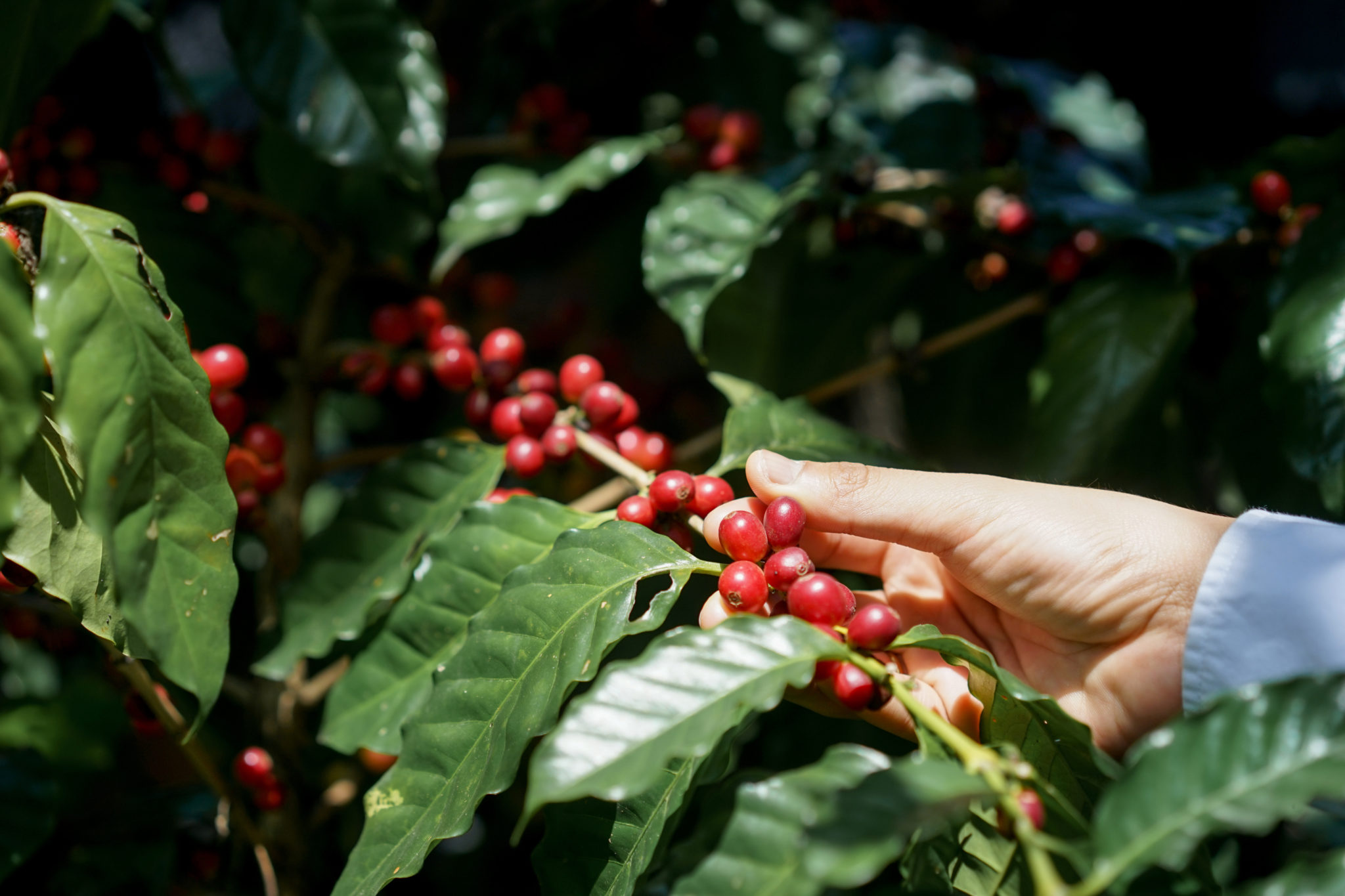Geographical Indications (from now on GIs or GI depending on the context) have always existed as a simple reference to products that come from a particular area. The Bible quotes, for example, the fame of some products that came from a specific area. It is peacefully accepted that the quality of the products comes from particularities associated with the soil, weather, and culture. During the XX century, GIs became solidly regulated and became a formal Distinctive Sign.
The fight between trademarks and GIs is already an old issue. No other battlefield is as crowded right now. Industries that base their activity on using the name of traditional geographical areas as generic names are pushing back. However, the European Union managed to sign several bilateral treaties allowing their Protected Geographical Indications, either directly from the agreement or through simplified procedures, to be registered elsewhere.
South American countries have not taken a specific route and position. While the Andean Countries seem inclined to protect GIs and have even developed comprehensive regulations, next to Patagonia, GIs are formally welcomed but pragmatically left aside.
Third generation GIs and quality trademarks have made their appearance. In summary, regulations have been developed, and the majority of the world recognizes them as a powerful instrument. But, while we have understood that GIs are a strategic development tool, which provides producers with a premium price, a competitive advantage, and the possibility to cooperate, their environmental function is still less explored.
In a world where customers value social and ecological responsibility, entrepreneurs are naturally and economically encouraged to use GIs. The soil must be preserved to produce consistently. Weather shall be kept stable so that natural context, which includes textures, flavors, and organoleptic characteristics remain consistent. Cultural traditions must be passed through generations so that goods can be cultivated, harvested, or manufactured.
Let us use an example. If we produced a specific type of coffee:
(i) flavorful due to soil characteristics;
(ii) and cultivated gently and devotedly by farmers, which later becomes protected as a GI, the conditions under which the product was born must be kept consistent, or, otherwise, consumer trust would be lost.
This means that by protecting GI and if it becomes successful in the market, GI users will be inclined to preserve the natural conditions that allowed a quality coffee to be produced. Moreover, GI users could easily exploit their environmental awareness to promote their products. Consumers are conscious and would probably prefer such coffee to one produced without taking care of the environment. Entrepreneurs are invited to utilize this tool prolifically nowadays. Let us wait and see if they hear the call.







